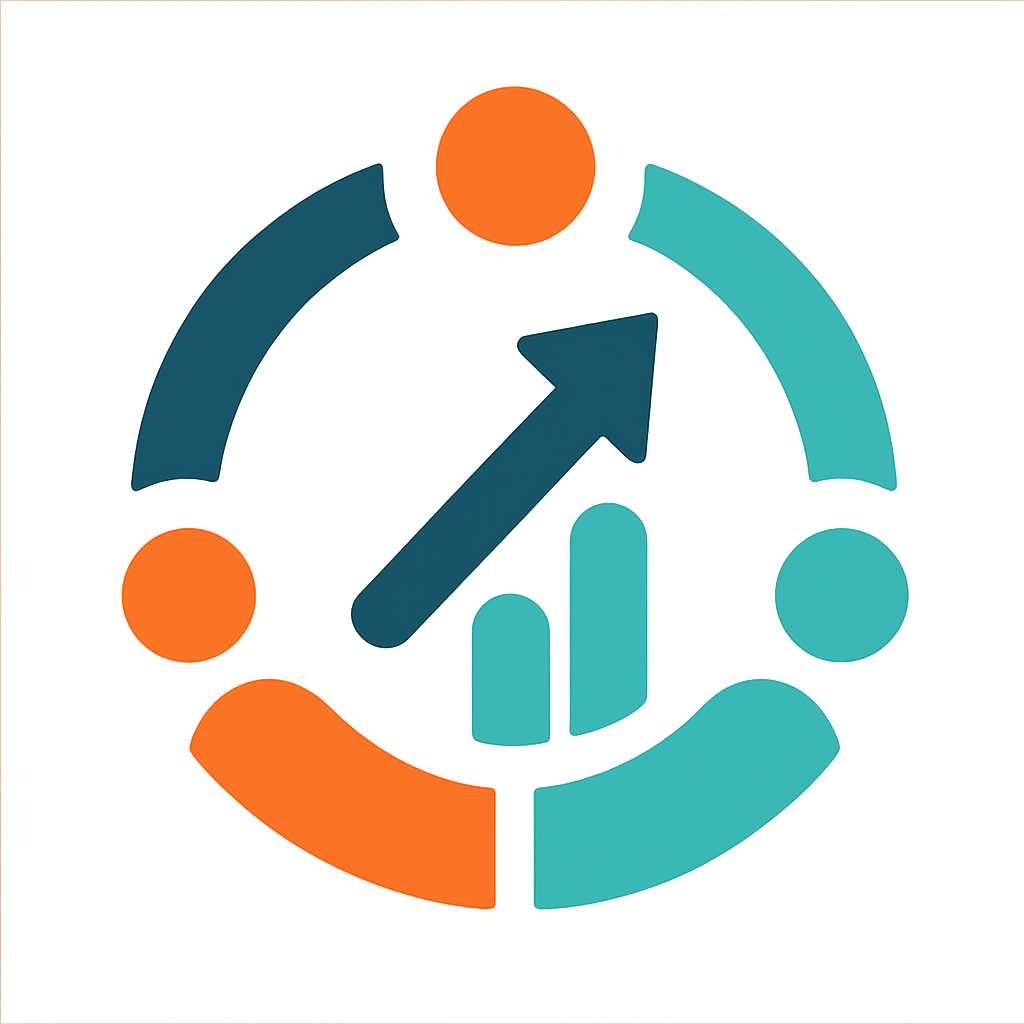AI transcript
0:00:09 The Tim Ferriss Show. This episode is a brand new experiment called Meditation Monday. That means,
0:00:14 in addition to my long-form interviews each week, every Monday, I will be bringing you a short 10
0:00:19 minute or so meditation, which will help you for the rest of the week. Over this four-episode
0:00:24 series, you’ll develop a Zen toolkit specifically to help you find greater calm, peace, and effectiveness
0:00:29 in your daily life. The teacher, Henry Schuchman, has been on my podcast twice before. He is one
0:00:34 of only a few dozen masters in the world authorized to teach what is called Sambo Zen,
0:00:38 and I have found this particularly interesting and effective, and now he’ll be your teacher.
0:00:46 I’ve been using Henry’s app The Way once, often twice a day for the last few months, and it has
0:00:51 lowered my anxiety more than I thought possible. As a listener of the show, you yourself can get
0:00:57 30 free sessions by visiting thewayapp.com/tim. If you like what you hear in these meditations,
0:01:01 which will be valuable in and of themselves, you can get 30 free sessions by going to
0:01:07 thewayapp.com/tim. And for the time being, please enjoy this Meditation Monday with Henry Schuchman.
0:01:17 Welcome back to Meditation Monday. Many of us, of course, have difficult emotions at times,
0:01:26 and meditation might seem to exacerbate them sometimes because we’re, as it were, more exposed
0:01:31 to them. We haven’t got distractions, other things we can turn to. We’re just sitting still
0:01:36 and doing nothing, so if a difficult emotion comes up, there’s kind of no way to hide.
0:01:47 Now, in early Buddhism, these kinds of emotions, things like worry, regret, frustration, craving,
0:01:55 aversion, or dislike, strong dislike, were viewed actually as hindrances to meditation.
0:02:02 That they would make us not want to meditate. They’d make it harder to meditate. And I think it’s
0:02:10 quite a helpful lens to recognize that difficult emotions are a problem, as it were, in meditation,
0:02:18 in that they will discourage us from doing it. So fortunately, we have tools for being with
0:02:27 difficult emotion. And actually, what they often lead to is a kind of restlessness. Get me out of
0:02:34 here, you know, when we’re trying to meditate. So I want to do a sit now that offers a tool for
0:02:43 working with restlessness and emotions that might be associated with it. So I hope you find this
0:02:50 helpful. Let’s come into our seated, comfortable position. And just a footnote, if you want to
0:02:57 recline, you go right ahead. We just want to be comfortable. That’s the main thing. Because when
0:03:08 we’re comfortable, it’s easier to relax. And when we start relaxing, it’s easier to be still.
0:03:19 And in some ways, it might be that the most powerful agent in meditation is simply being still.
0:03:30 That all the lessons and learnings and shifts and transformations that meditation can offer
0:03:41 simply come from stillness. So let’s give ourselves time to be comfortable,
0:03:59 to arrive here, to come into being here, into this space where nothing is asked of us.
0:04:10 Nothing we need to do. We’re really getting to put down the burden of doing.
0:04:15 All the responsibilities, the to-do lists.
0:04:26 Leave them outside the door just for now. This is really a time just for you.
0:04:36 So again, checking that your body is comfortable under a little bit of
0:04:43 progressive relaxation, letting your shoulders go, letting them sink and settle and letting
0:04:47 your arms be limp like old rope.
0:04:54 Letting the face soften.
0:05:03 And it just sort of hang like a curtain. No tension in it. Let it go.
0:05:24 Let there be a warmth in the chest, a warmth in the belly, softness in chest, softness in belly.
0:05:31 Let your hips go. Let your legs relax and your feet.
0:05:40 So in this space of meditation,
0:05:50 we’re going to explore how we might allow restlessness if it comes up.
0:06:01 And I invite you actually to imagine that you are feeling just a little bit of restlessness
0:06:12 It’s a familiar feeling for pretty much all of us, I think, that enough of this.
0:06:18 I want to go and do something else or I want to move or get me out of here.
0:06:26 Now, instead of doing what it says, we’re going to be still.
0:06:38 And we’re going to see if we can find it, find the restlessness in your body. What actually is it?
0:06:48 Could it be that it’s just a kind of energy, maybe like a little
0:07:00 miniature dust devil or something of energy somewhere in the torso, maybe the belly,
0:07:13 maybe the chest, possibly throat. Can you find some trace of an energy of restlessness
0:07:19 within your torso?
0:07:37 Whatever you’re finding, or if you’re not really finding anything,
0:07:44 we’re going to let things be just as they are.
0:07:58 We’re going to allow any energy of restlessness, all the absence of it, to be just as it is.
0:08:09 What if we don’t have to do anything about it?
0:08:21 What if we have it in us to just let it be there? Let it be here.
0:08:33 No need to change it, welcome it, allow it,
0:08:41 let it actually be part of your experience.
0:08:55 Rest with it.
0:09:14 If you are tasting restlessness, you can name it in your own mind.
0:09:21 Restlessness is present, say it to yourself.
0:09:36 Restlessness is welcome.
0:09:43 Try saying that to yourself in your own mind.
0:10:01 It may be that you’re sensing some other emotion that might be uncomfortable.
0:10:12 If so, see if you can find the sensory correlates of it, the actual sensation
0:10:18 in probably the chest area, or perhaps the belly, that associates with it.
0:10:27 And let them be present.
0:10:40 Let your shoulders be soft, let your flanks be soft,
0:10:46 let your back be soft.
0:11:00 And let the whole front of your torso, the front, the skin and dermis of your torso,
0:11:08 let it also be soft, like a kind of drapery, hanging loose.
0:11:23 And let the softness in your body allow any discomfort of restlessness or emotion.
0:11:33 Let the softness welcome any trace of discomfort.
0:11:41 Let yourself just be with it.
0:11:53 Being still, being quiet,
0:12:05 resting with your own heart, your own emotion center.
0:12:18 And letting it be.
0:12:37 Yeah, so part of this homecoming, we might say, that meditation can be,
0:12:43 is also coming back to, you know, our feeling self.
0:12:52 It’s a beautiful thing, actually, that we feel like many, like all other mammals.
0:13:00 We have emotions, they’re part of our makeup, and learning to allow them
0:13:06 is a real form of growth.
0:13:15 Okay, so let’s come out of this sit, bring movement back into the body.
0:13:24 You might do an inhale, an exhale, move around any way you feel you’d like to.
0:13:33 Fantastic, thank you so much for joining me in this little exploration of a perhaps unexpected
0:13:41 kind of tool that will help us with our difficulties and sort of defuse them
0:13:49 for our pathway into meditation and along the great journey of meditation.
0:13:53 Thanks so much. See you next week.
This episode is part of a new experiment called Meditation Monday. The teacher, Henry Shukman, has been on my podcast twice before. He is one of only a few dozen masters in the world authorized to teach Sanbo Zen, and now, he’ll be your teacher.
In addition to my long-form interviews each week, every Monday I’ll bring you a short 10-minute or so meditation, which will help you for the rest of the week.
Over this four-episode series, you’ll develop a Zen toolkit to help you find greater calm, peace, and effectiveness in your daily life.
Henry’s app, The Way, has changed my life since I first started using it. Unlike other meditation apps, where you’re overwhelmed with a thousand choices, The Way is a clear step-by-step training program guided entirely by Henry. Through a logical progression, you’ll develop real skills that stick with you.
I’ve been using it daily, often twice a day, and it’s lowered my anxiety more than I thought possible.
As a listener of my podcast, you can get 30 free sessions by visiting https://thewayapp.com/tim and downloading the app.
See Privacy Policy at https://art19.com/privacy and California Privacy Notice at https://art19.com/privacy#do-not-sell-my-info.



Leave a Reply
You must be logged in to post a comment.